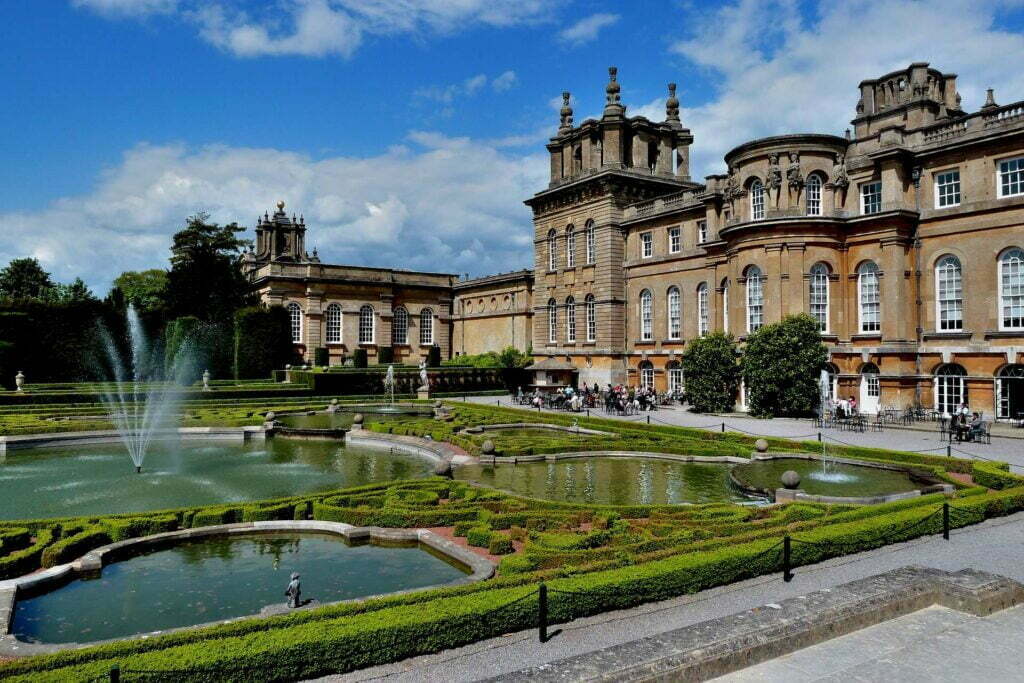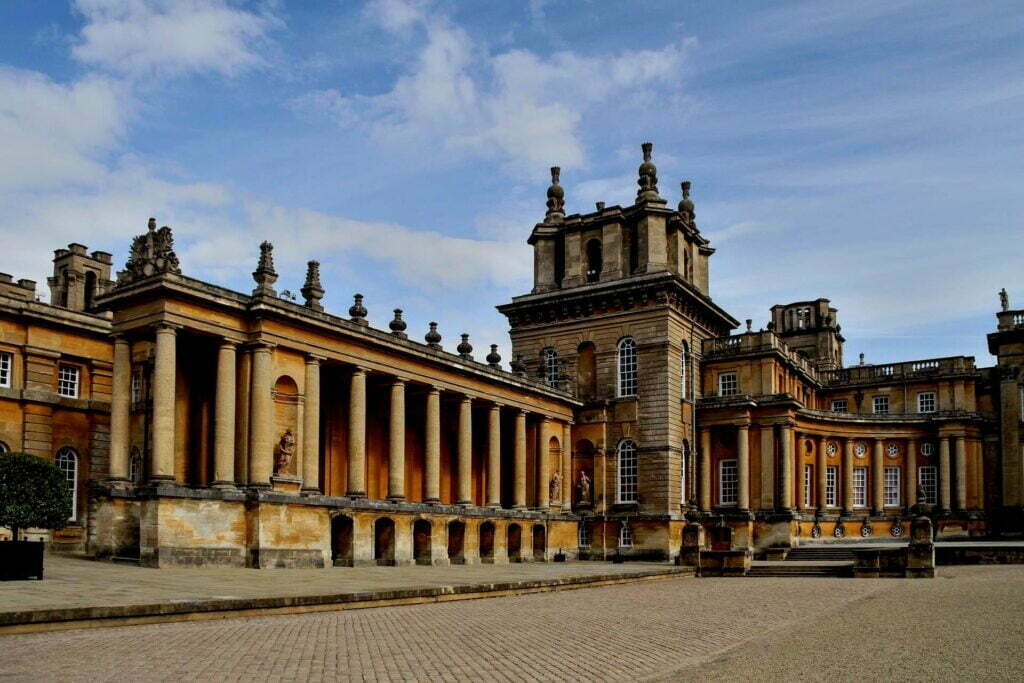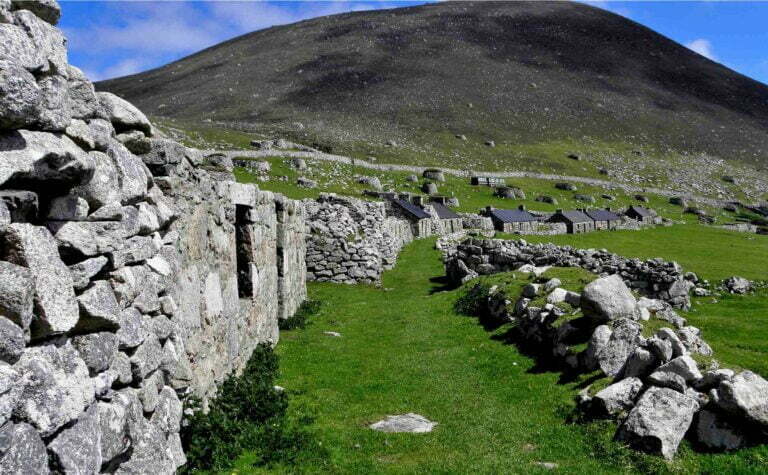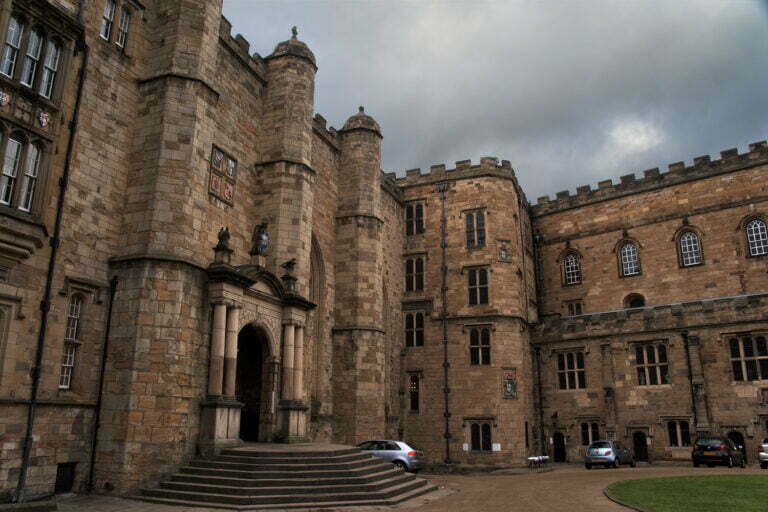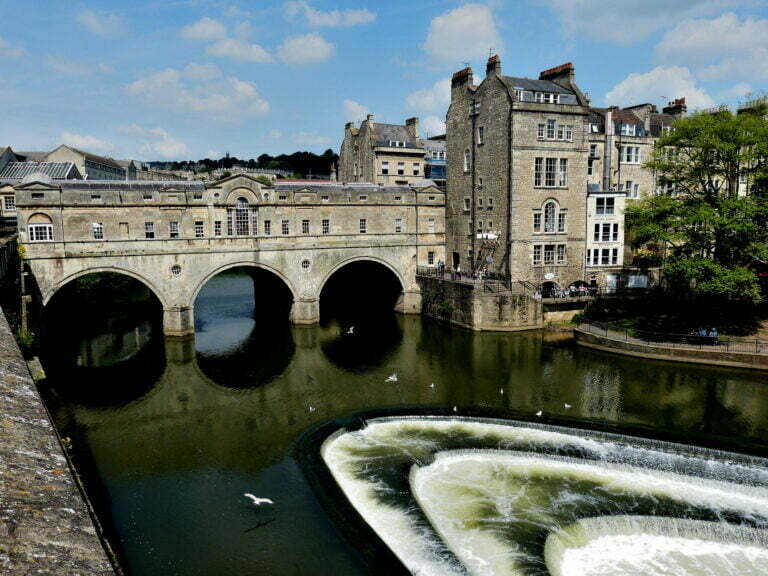Blenheim Palace was built by the English Parliament as a national present to John Churchill, 1st Duke of Marlborough, at Woodstock, Oxfordshire, England, between 1705 and 1724.
Blenheim palace history
Winston Churchill, the 1st Duke’s renowned descendent, was born at Blenheim Palace, and his life and times are honoured by a permanent exhibition in the suite of rooms where he was born (marked “K” on the plan).
At the Battle of Blenheim in Germany in 1704, during the War of the Spanish Succession, he led the English to victory over the French and Bavarians. Sir John Vanbrugh created the palace, which was heavily influenced by Nicholas Hawksmoor and is widely regarded as the finest example of true Baroque architecture in the United Kingdom.
Henry Wise, Queen Anne’s gardener, planned the palace grounds in the formal style of André Le Nôtre’s famous gardens at Vaux-le-Vicomte and Versailles in France in the early 18th century.
Because preferences changed in the mid-eighteenth century, Lancelot (Capability) Brown was commissioned to rework the grounds in his pastoral style of informal or seemingly natural landscapes of forests, grass, and canals.
Churchills homes
Little of Wise’s landscaping survives. Blenheim Palace was the birthplace of Sir Winston Churchill. The palace and its grounds were designated as a UNESCO World Heritage Site in 1987. The Churchill family’s 2,100-acre (850-hectare) estate is open to the public.
The Dukes of Marlborough continue to reside in the palace, with Charles James (Jamie) Spencer-Churchill, the 12th Duke of Marlborough, now holding the title. Following his father’s death on October 16, 2014, Charles James succeeded to the Dukedom.
The Marlboroughs were always required to present a copy of the French royal flag to the Monarch on the centennial of the Battle of Blenheim as rent for the land on which Blenheim Palace was built as of October 2016.
Blenheim Palace Gardens
The palace, park, and gardens of Blenheim are open to the public for a fee (maximum £24.90 as of October 2016). The distancing of tourist attractions (the “pleasure gardens”) from the palace helps to maintain the atmosphere of a huge country estate. A tiny train, the Blenheim Park Railway, runs between the palace and the grounds.
The current Duke’s brother, Lord Edward Spencer-Churchill, wanted to include a contemporary art program in the historic setting of the palace where he grew up. He established the Blenheim Art Foundation (BAF), a non-profit organization dedicated to showcasing large-scale contemporary art exhibitions.
BAF debuted on October 1, 2014, with Ai Weiwei’s largest-ever exhibition in the UK. The foundation was created to provide a large number of individuals with access to cutting-edge modern artists working in this historical castle.
The public has free access to around five miles (8 kilometers) of public rights of way through the grounds’ Great Park section, which are accessible via Old Woodstock and the Oxfordshire Way, and are adjacent to the Column of Victory.
